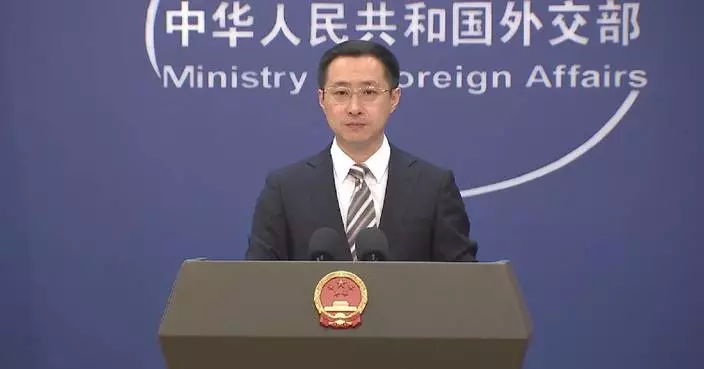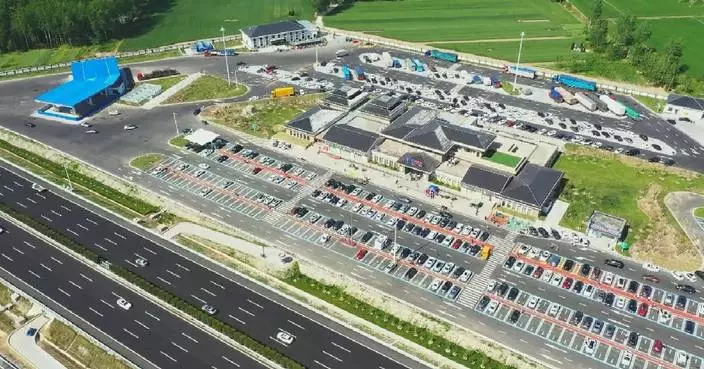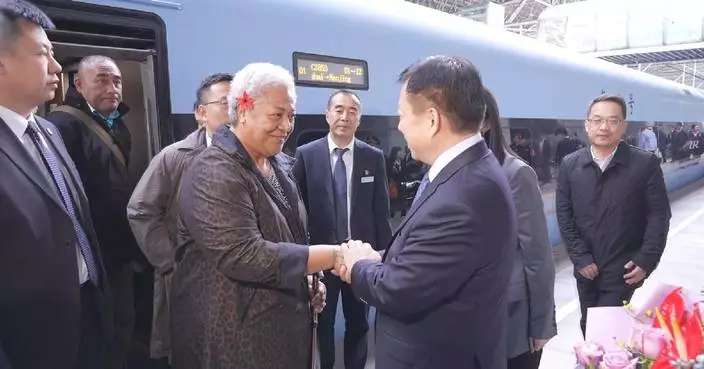The opening ceremony of China's 12th National Traditional Games of Ethnic Minorities, set to take place on Friday night in Sanya City of south China's Hainan Province, will highlight cultures of various ethnic groups and the charm of the host city, according to Sha Xiaolan, chief director of the ceremony.
The opening ceremony will last for two hours, featuring a one-hour parade and performances. As people from many ethnic minorities are generally good at singing and dancing, so the athletes will perform the parade dancing, according to Sha.
"All delegations from ethnic minorities will stop for 30 seconds during the parade for a performance. Everyone has really made full preparations for this. These performances are really amazing, despite the short 30-second time span," Sha said.
In addition, a performance about the ocean will be staged at the opening ceremony. Every scene of performance will be fully electric, and both the stage design and the light effects will display the charm of the coastal tourist haven, according to the director.
"For example, the stage is designed to be concentric circles formed by a round floor screen and lights around it. Another example is the cauldron. It embodies local characteristics, such as sea waves, and again takes the shape of concentric circles," Sha said.
Romantic elements like beach, island and coconut grove, as well as Chinese knots and many other beautiful elements will also be presented at the opening ceremony, according to Sha.
The Games will run from November 22 to 30, with approximately 10,000 athletes representing China's 56 ethnic groups gathering on this tropical island to compete in 17 sports, 139 events, and three demonstration sports.
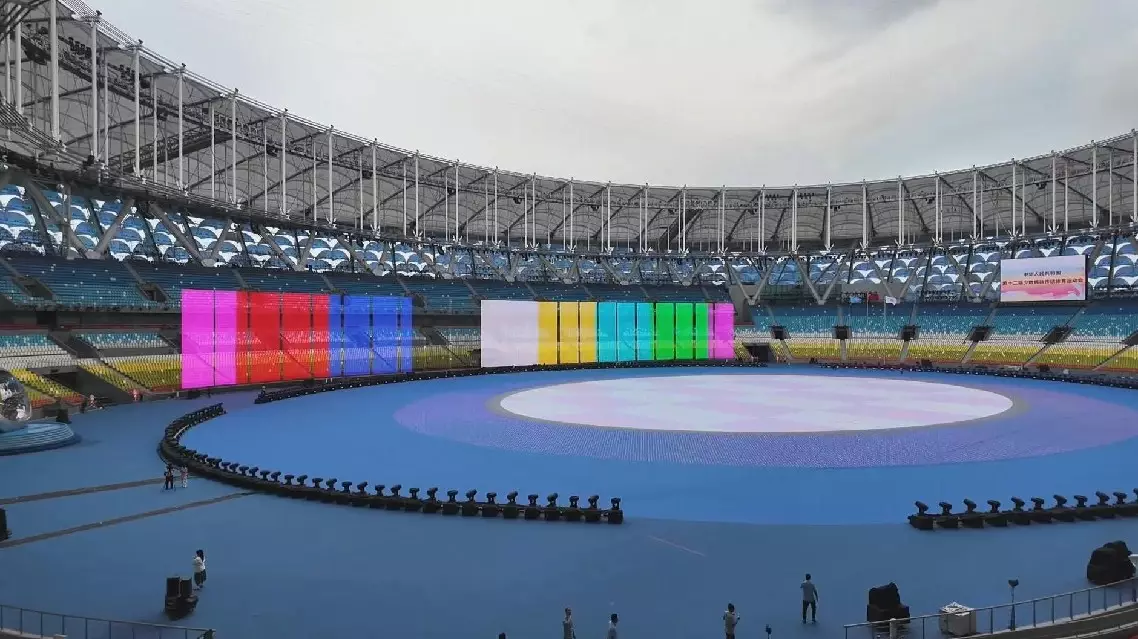
Director introduces opening ceremony of 12th National Traditional Games of Ethnic Minorities
As COP29 nears its conclusion in Baku, Azerbaijan, negotiations remain contentious over the scale and sources of climate finance but show progress on carbon trading mechanisms, emissions reduction targets and post-2025 climate finance goals, according to Xu Huaqing, an expert with the Chinese delegation.
COP29, formally known as the 29th session of the Conference of the Parties to the United Nations Framework Convention on Climate Change, is taking place in Baku from Nov 11 to 22.
This year's conference aims to establish a new climate change funding goal to replace the existing target of mobilizing and providing 100 billion U.S. dollars annually from developed countries to support developing nations.
In addition to climate finance, the conference also focuses on topics such as global carbon trading markets and global energy transition from fossil fuels.
Xu Huaqing, chief scientist of China's National Centre for Climate Change Strategy and International Cooperation and an expert with the Chinese delegation at the conference, noted positive developments in global carbon trading mechanisms.
On the first day of the meetings, countries at the convention gave the green light to carbon credit quality standards, which are seen as critical for the UN goal of establishing a carbon market to fund carbon reduction initiatives.
Meanwhile, countries like Brazil, the United Kingdom, and the United Arab Emirates have announced their 2035 Nationally Determined Contribution (NDC) targets, with the UK pledging to cut greenhouse gas emissions by 81 percent from 1990 levels by 2035.
In addition, some progress was seen early on Thursday after a week of technical negotiations and three days of ministerial consultations, when a draft decision text outlining two very different options for the post-2025 climate finance goal for developing nations was released, though the most contentious issues - such as who pays, how much, and the structure of the goal - remain unresolved.
Option one proposes an annual climate finance goal starting in 2025 and running through 2035. It suggests that the finance would flow from developed to developing countries, including both government funds from developed nations and private finance mobilized by these governments. This option focuses on both a provision target and a mobilization goal.
In contrast, option two sets a target to be achieved by 2035, with funds coming from a broad range of sources and instruments, and the innovative sources are not specified. This option includes a mobilization goal led by developed countries' governments, as well as a larger, more comprehensive investment target.
"First, the scale of funding remains a major point of contention. Developing countries, led by the Group of 77 (G77), are seeking 1.3 trillion U.S. dollars annually from developed nations. In contrast, developed countries argue that current efforts can only stretch to two to three hundred billion, based on the Copenhagen pledge to provide 100 billion U.S. dollars annually in climate finance to developing nations by 2020 - far short of the amount proposed by developing countries," said Xu.
The G77 is the largest intergovernmental organization of developing countries in the United Nations, which provides the means for the countries of the South to articulate and promote their collective economic interests and enhance their joint negotiating capacity on all major international economic issues within the UN system, and promote South-South cooperation for development.
"The second division concerns sources of finance. Developing nations propose that 900 billion U.S. dollars of the 1.3 trillion should come from direct government contributions, with the remaining 400 billion mobilized from private sectors by these governments. However, analysis of past funding shows most of the 100 billion-U.S. dollar-pledge came from private sources, not government grants," he continued.
While consensus on specific climate finance targets may remain elusive at COP29, Xu believes significant progress can still be made on broader issues, such as the scale and allocation of funding.
COP29 carries the international community's hopes for advancing climate policies, with the realization of climate finance being a key factor in achieving these goals. Xu emphasized that all parties must show greater sincerity and commitment to ensuring tangible progress in climate finance.
According to him, China remains steadfast in its role as a responsible country, committed to working alongside the EU and other nations to ensure the full implementation of the Paris Agreement.
COP, or Conference of the Parties, refers to a series of formal meetings where governments assess global efforts to advance the Paris Agreement and UN Framework Convention on Climate Change, with the aim of limiting global warming increase to 1.5 degrees Celsius.
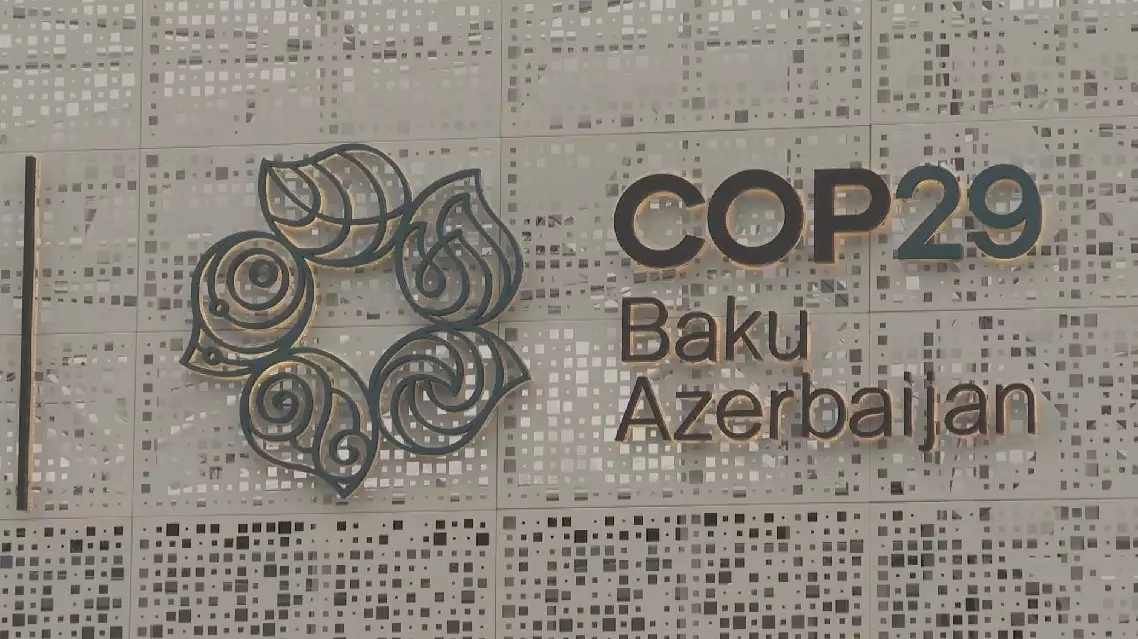
COP29 shows progress amid disputes over climate finance scale, sources: expert





